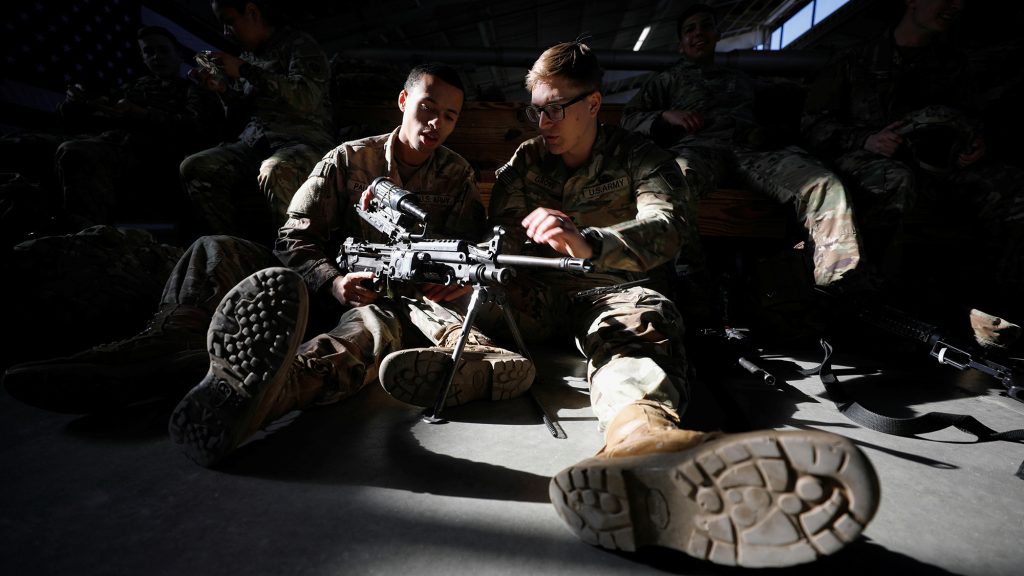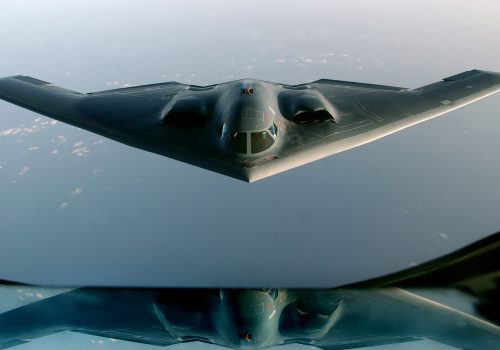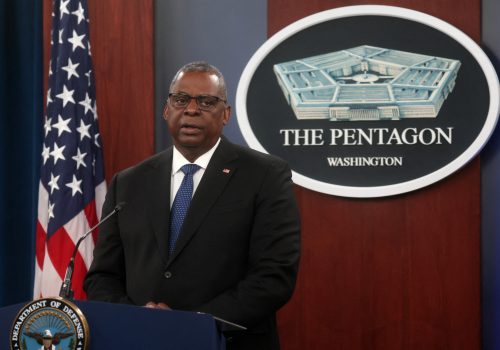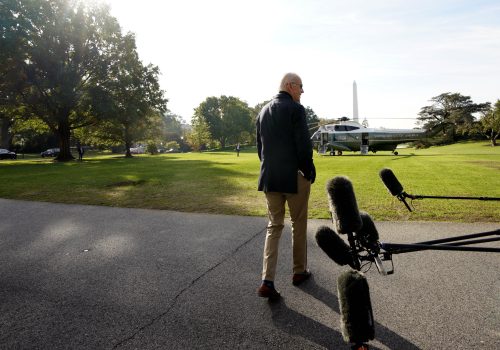The suspense is over: The Biden administration’s first National Defense Strategy is finally here. Last week, Secretary of Defense Lloyd Austin unveiled the long-awaited document, which details the Department of Defense’s (DOD) plans to face up to critical challenges ahead: Russian aggression; increasing threats from North Korea, Iran, and violent extremist organizations; and—chief among the challenges—China’s moves to reshape the international order. But is this strategy likely to bring about any significant change? And how are the United States’ allies reading the strategy?
Experts from the Atlantic Council’s Scowcroft Center for Strategy and Security translated all the security speak—everything from “integrated deterrence” to “campaigning”—to reveal what it all means for the United States’ role in the world. Check out their illuminating notes throughout the text.
Introducing our annotators for this edition of Markup
- Leah Scheunemann, deputy director, Transatlantic Security Initiative, Scowcroft Center for Strategy and Security
- John T. Watts, nonresident senior fellow, Forward Defense practice, Scowcroft Center for Strategy and Security
- Clementine Starling, deputy director, Forward Defense practice, Scowcroft Center for Strategy and Security
- Ian Brzezinski, senior fellow, Scowcroft Center for Strategy and Security
Dive into the National Defense Strategy and our annotations below
Further reading
Thu, Nov 3, 2022
Inside the US Nuclear Posture Review’s approach to a new era of three-power nuclear competition
New Atlanticist By Katherine Golden
The Atlantic Council hosted current and former Department of Defense, State, and Energy officials to outline the top takeaways from the strategy.
Thu, Oct 27, 2022
Eight things you need to know about the new US National Defense Strategy
New Atlanticist By
Does the strategy succeed? We turned to our experts to break down the Pentagon's plans.
Wed, Oct 12, 2022
Experts react: The hits and misses in Biden’s new National Security Strategy
New Atlanticist By
We put the call out to our experts from across the Atlantic Council: Does this document deliver? What does it get right and what’s missing?
Image: Soldiers from the US Army’s 82nd Airborne Division check an automatic weapon before boarding a transport plane bound for Europe, at Fort Bragg, North Carolina on February 14, 2022. Photo via REUTERS/Jonathan Drake.



